
8 Tips for Refrigerator Organization Served Up Right
Proper kitchen organization can mean the difference between an easy, home-cooked meal and a not-so-simple scavenger hunt for basic ingredients.
Introduce order to your fridge and freezer and not only will your food stay fresh longer, you'll also find what you need faster. And have, more space for leftovers! Not sure where to begin? Try these eight helpful tips.
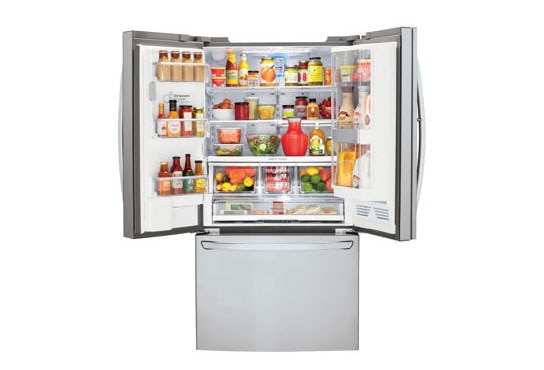
1. Organize shelves smartly
Food that requires cooking, such as raw meat, should be stored below ready-to-eat items to reduce trickle-down cross-contamination.
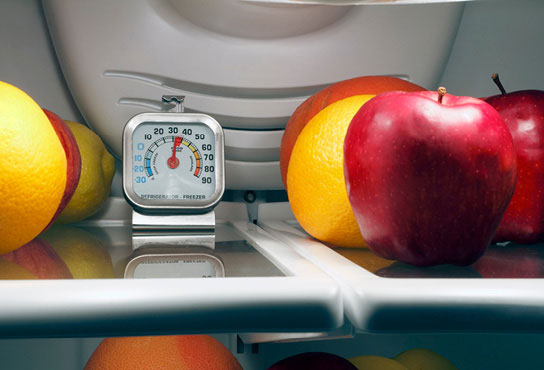
2. Temperature zones
The temperature of your fridge should rest at 40° F or less. Doors run slightly warmer, so reserve this area for condiments with a longer shelf life, such as syrups, spreads or sauces.
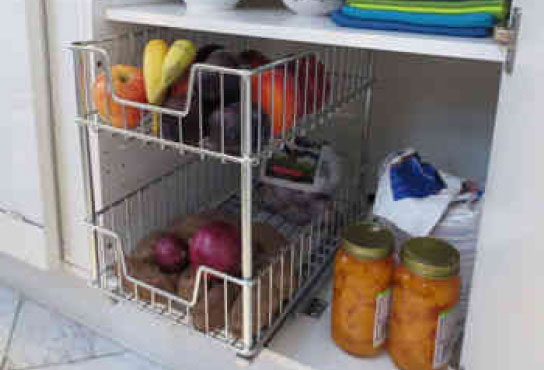
3. Decide whether it needs to be chilled
To avoid clutter and allow cold air to flow evenly, only keep items that absolutely need to be chilled in the fridge. Not sure? Pay attention to how items are stored at the market and follow labels with a "refrigerate after opening" note.
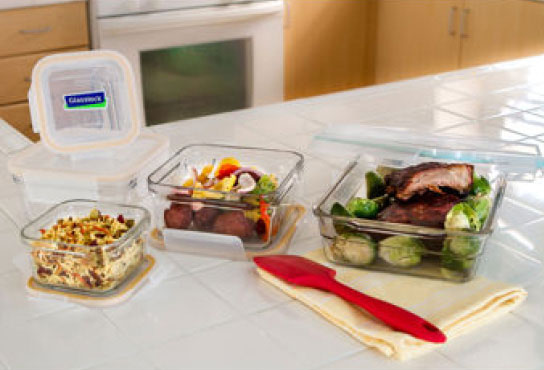
4. Choose containers that count
Store foods in square, shallow containers to maximize space, opting for glass that's microwaveable. Label foods using a dry erase marker to track freshness.
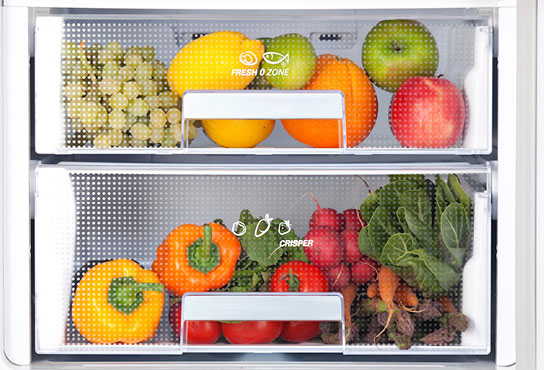
5. Treat produce with care
Some fruits can ripen other vegetables, so store them separately. Wash produce right before you plan to use or consume it, as added moisture can cause early wilting.
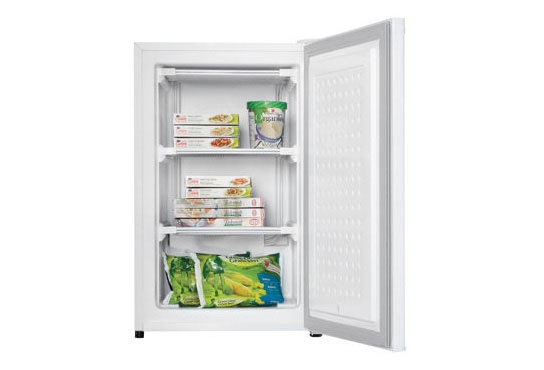
6. Maximize your freezer
A full freezer (set to 0° F to prevent frost) consumes less energy. Research foods that can be frozen, such as certain cheese, herbs, marinades — even hard-boiled eggs (without shells).
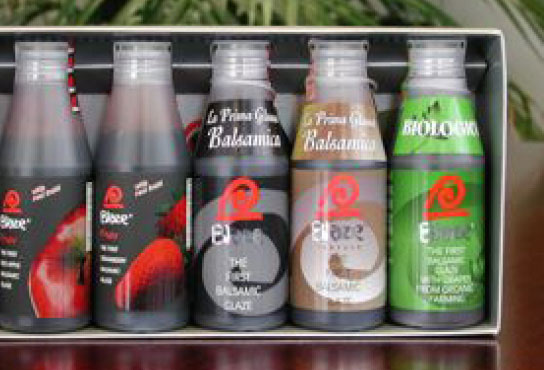
7. Determine what needs fridge time, and when
Many items remain fresher in the fridge but don't need to be chilled. Nut butters, for example, can be stowed in the pantry for several weeks before the oils begin to separate.
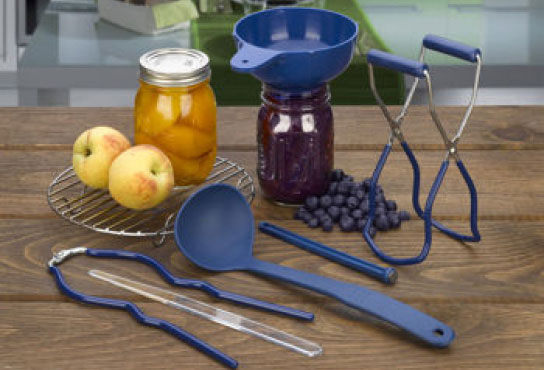
8. Give new life to leftover vegetables
If you erred on the side of surplus seasonal cooking, consider marinating and canning leftover veggies. Just make sure to carefully review the canning process before beginning.

